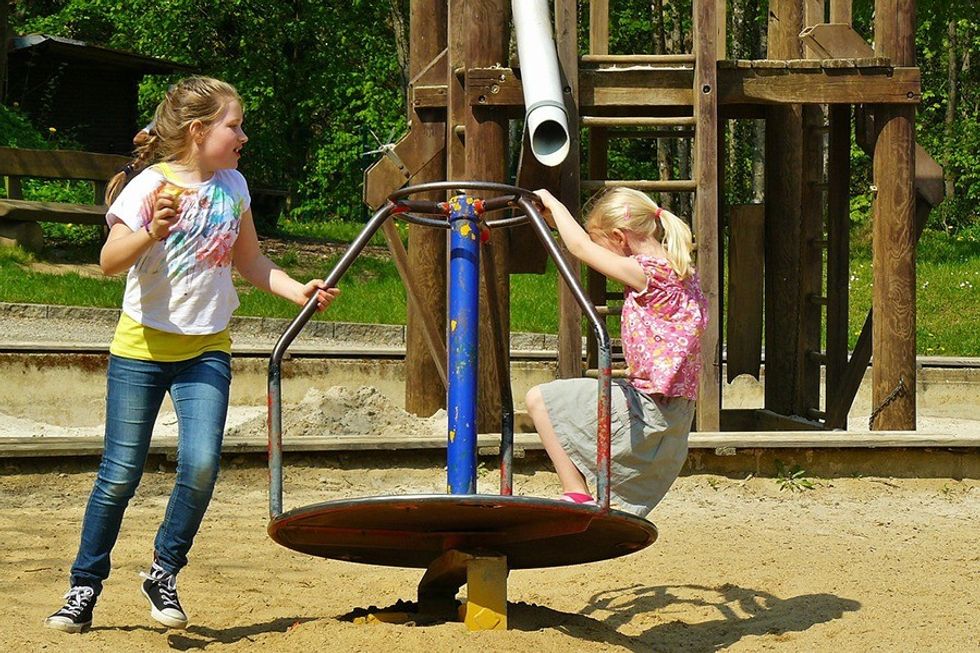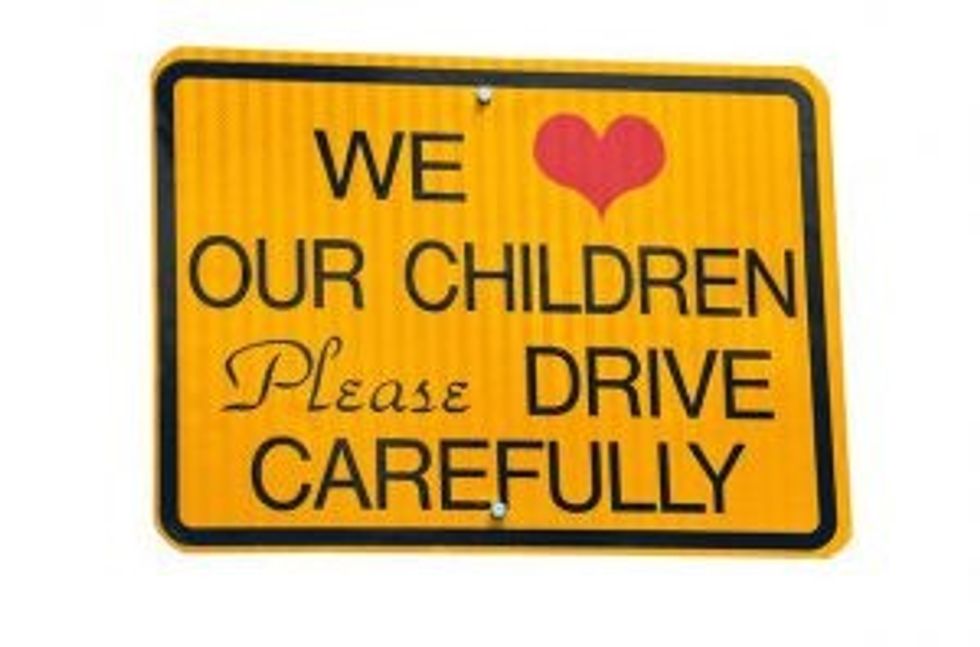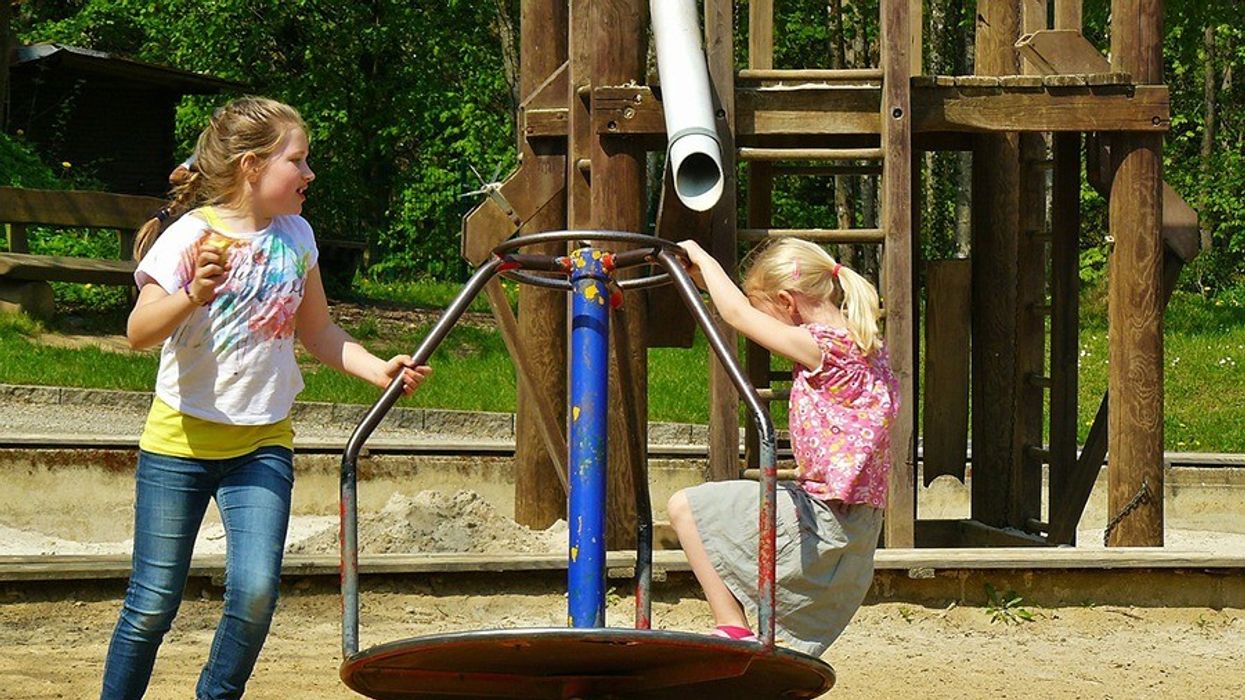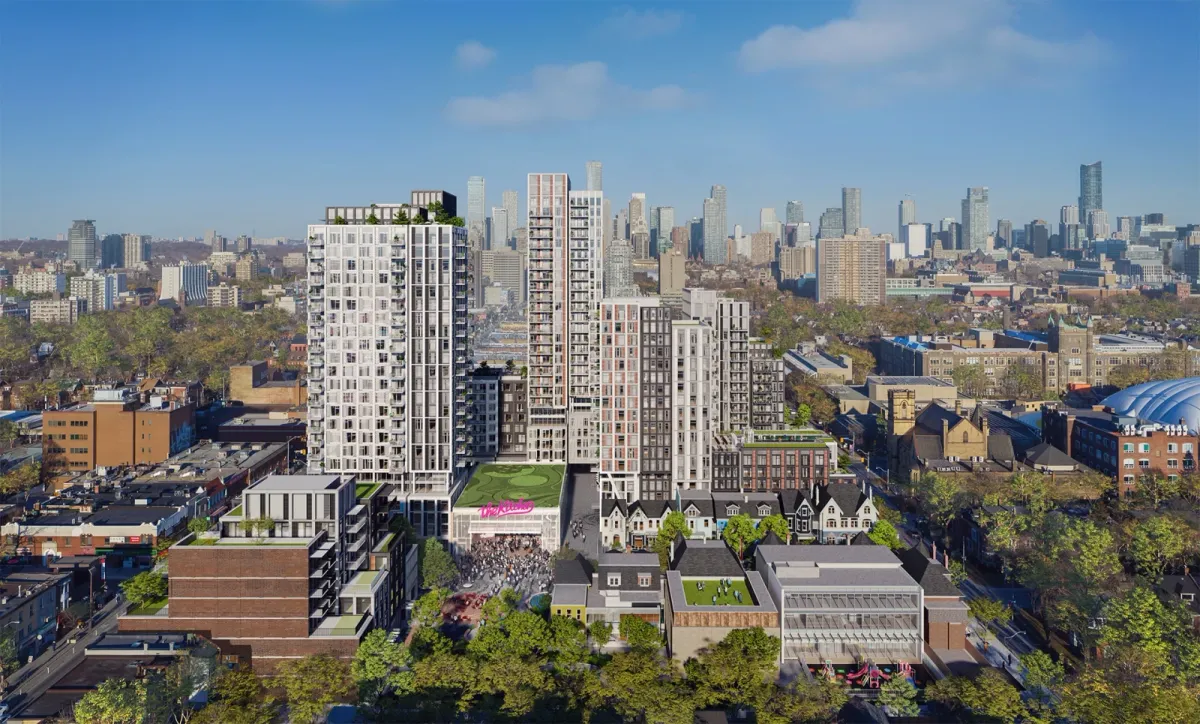
It says much about the state of Toronto that the city would commission a report on how to make itself a kid-friendly place and that the report would be greeted as a sign of civic enlightenment.
Of course, no one's complaining that Toronto has finally woken up to the fact that the countless condo towers it has approved in recent decades were designed with nary a thought to families with children, but the idea that kids are new to this or any city is absurd.
But then Toronto is a city given to the absurd.
For the most part, that document, Growing Up: Planning for Children in Vertical Communities, is an earnest compilation of common sense suggestions and a wish list of ideas, techniques and practices from this and other cities around the world. Recommendations range from "reducing speed limits" to "normalizing the practice of using school yards for passive community access outside of academic hours."
Ignored by city hall
Who could disagree? Indeed, it makes one wonder why these such measures elude us in Toronto. More to the point, we might ask not what steps we could take but why have kids historically been ignored by city hall. In other words, what are cultural causes of this long-standing oversight?
Perhaps it has something to do with the sort of attitude expressed by former Etobicoke mayor, Doug Holyday, during a 2010 council debate about whether a proposed condo tower at King and John should be required to include family-friendly three-bedroom units. “As far as raising your children downtown," Holyday declared, "maybe some people wish to do that. I think most people wouldn’t. I mean, I could just see now: ‘Where’s little Ginny?’ ‘Well, she’s downstairs playing in the traffic on her way to the park!’”
Though other councillors jeered, Holyday was right; most parents don't choose to raise their kids downtown. But many do and generations of Toronto kids grew up in the urban core, playing on sidewalks and streets, using the city as their playground. Decades ago, kids would routinely range up to 10 kilometres from home; in the age of the helicopter parent, that's down to 250 metres.
Street-play pilot project
Tellingly, a pilot project aimed at encouraging street play in Toronto was launched earlier this month. Organized by Earth Day Canada, the program will see a number of residential streets closed on occasion to allow for play. This will amuse Torontonians of a certain age, who never thought twice about playing on the street.
Which brings us to the larger issue of making the modern city kid-friendly and dealing with a culture that has pushed children to the margins and confined them to their appointed spaces. Normal parental behaviour 50 or 60 years ago would be seen as negligent today.

But if there's a single thing that really has made the city dangerous for kids, it is, of course, the car. The report recommends lowering speed limits on "safe routes," which it says are "the primary routes through a neighbourhood that connects child-specific destinations." Nice idea, but it reinforces the notion of "child-specific destinations." There's no doubt they exist — playgrounds, parks, schools, etc. — but what about stores, a friend's home, cinemas, etc?
How tragically ironic it was that the study came within days of the death of a 5-year-old cyclist killed by a car driving on a highway that runs within metres of the playground he had just left? The city hastily erected a fence, but not before perceptions of Toronto as a danger zone for kids were reinforced. Yet as the report also notes, "A public realm that meets the needs of children also accommodates the population as a whole. For example: designing comfortable, safe streets that support public life, will not only encourage families to linger and socialize, but they will become an asset to all users. The presence of children in the public realm is an indicator of a healthy community."
Cities are complex and hard to control. For example, the report lauds the "co-location" of The Waterfront School, City School and the Waterfront Neighbourhood Centre and Child Care in one building on Queen's Quay and Bathurst St. As the authors point out, "(It) allows for the sharing of resources." That's true, but what isn't mentioned is the fact that students and users of the complex breathe some of the most polluted air in Toronto. The problem is nearby Billy Bishop Toronto Island Airport. No, it's not the planes, it's the hundreds cabs that gather there to wait — engines idling — for fares.
Still as the authors rightly point out, "if we build a city that allows children and youth to thrive, we are inherently building an inclusive, sustainable city for everyone."
Hume’s highlights
Making Toronto kid-friendly means rethinking everything about how we build and organize condo towers. Here are some the report's most useful recommendations:
- "prioritizing columns over shear walls... to allow for unit consolidation ...."
- "reducing elevator dependency and facilitate efficient access to the outdoors, especially during emergencies"
- "making [units] closer to amenity areas and, where feasible, [with] direct access outdoors from the unit"
- designing "lobbies [that are] more than places to walk through, [that] can facilitate impromptu interactions"
- "consider raising windows 76cm above floor level to allow furniture to be placed against the window wall"





















